There are some strange animals roaming the Earth today. Check out some of the most bizarre animals you can find on this planet.
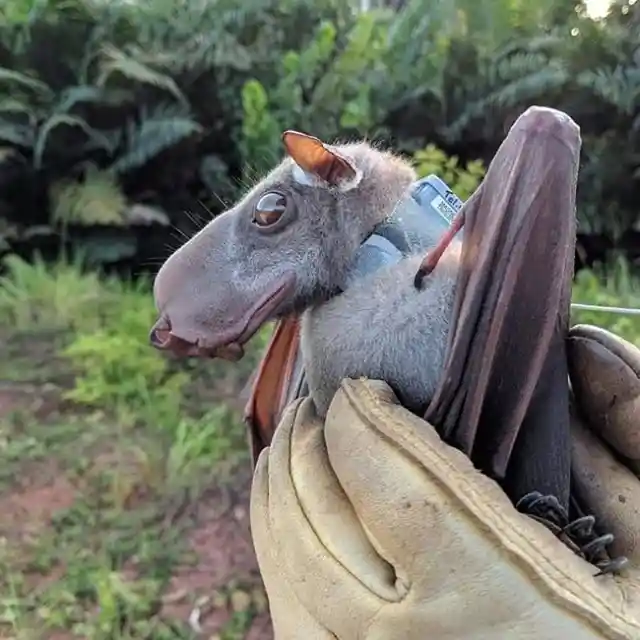
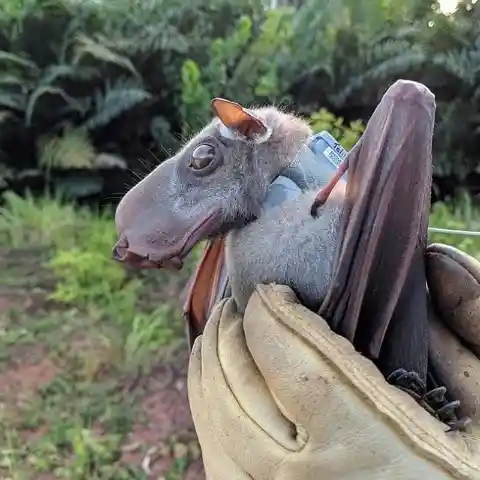
Below are 42 of the most bizarre animals alive on the Earth today.
Greater Sage-Grouse
The male sage-grouse's chest is covered in air sacs, making him an interesting looking bird. These air sacs allow the bird to make odd popping sounds to attract female sage-grouses.
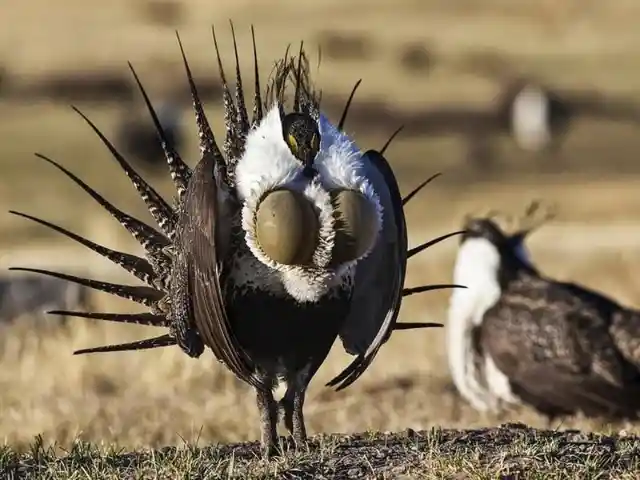
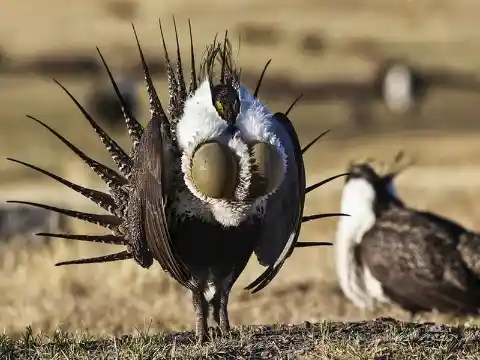
These birds can be found around the shrublands of Western North America. Males hang out in groups called "leks".
Ocean Sunfish
Also called the Mola mola, the ocean sunfish is the largest bony fish. They can grow 10 feet long and weigh up to 5,000 pounds. They like hanging out near the water's surface to get some sun.
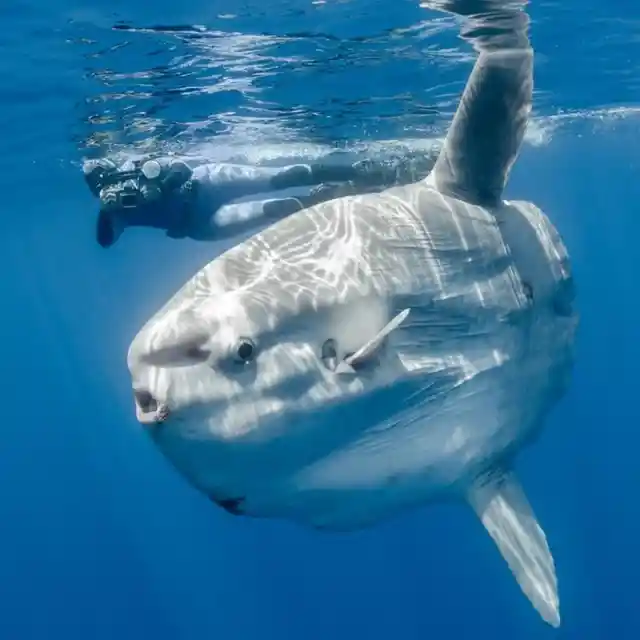
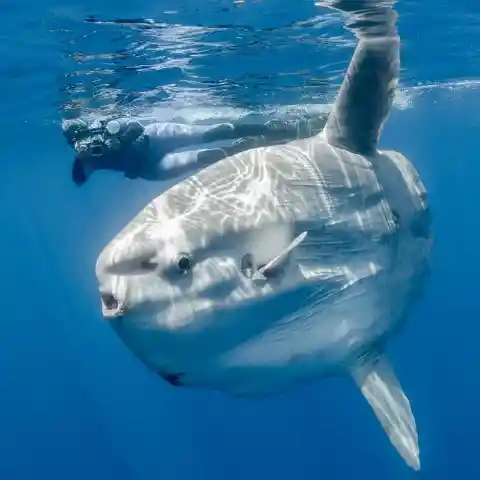
From time to time, this huge fish will jump out of the water to get rid of parasites hanging out on its body.
Vogelkop Superb Bird-of-Paradise
This bird usually looks normal with a black body, blue chest, and blue spots on top of its head. The male birds perform an unusual looking dance for the females where the birds lift their feathers, looking like a blue and black hole.

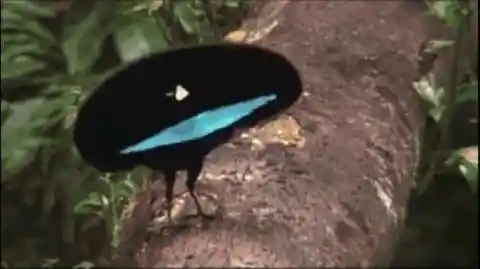
This is done to convince females that they would make a great mate.
Aye-aye
These primates can only be found in Madagascar. They live in the trees in the country's rainforests. Aye-ayes have opposable big toes to hang from.
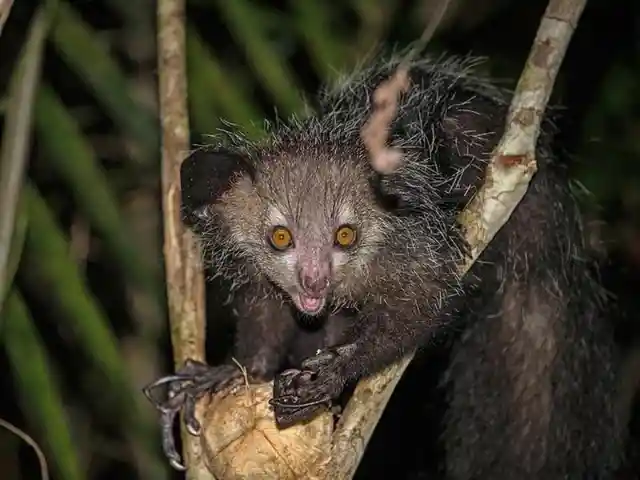
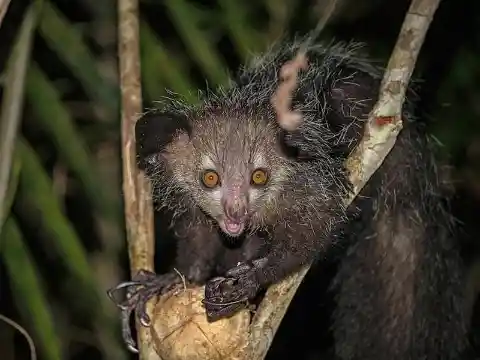
These creatures are endangered since they are killed and their habitat is being destroyed. It is now against the law to hunt aye-ayes.
Japanese Spider Crab
The Japanese spider crab is a huge crustacean that can grow up to 12 feet across. To blend in with their surrounds, these crabs will place sponges and other sea animals on them.
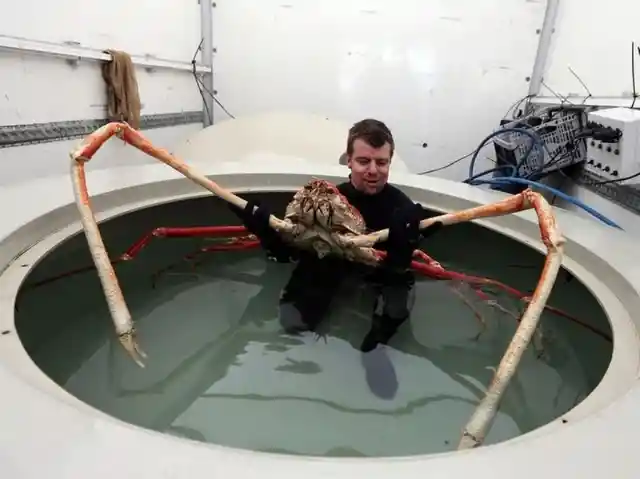
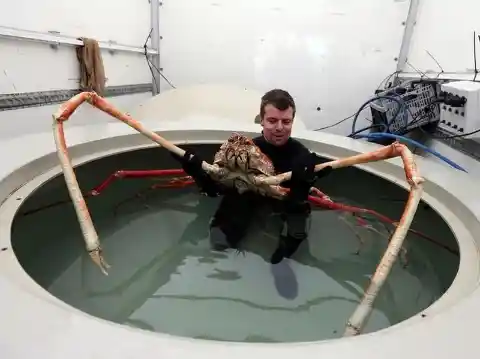
These crabs are a delicacy in Japan. The Japanese name of these crabs is “taka-ashi-gani,” which means "tall legs crab".
Pink Fairy Armadillo
The pink fairy armadillo grows to about 5 inches long and burrows underground for the majority of its life.
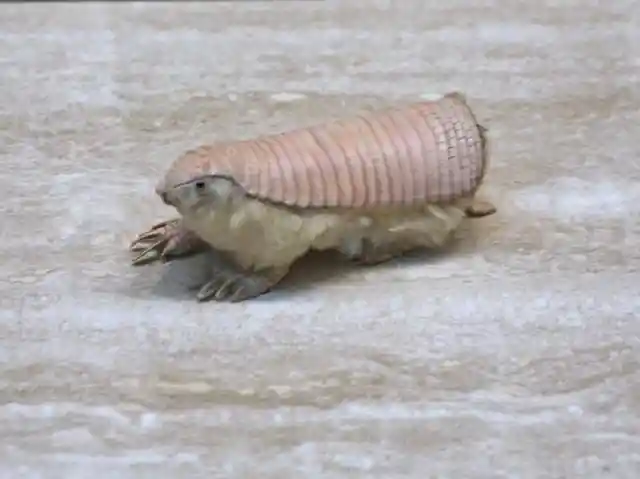
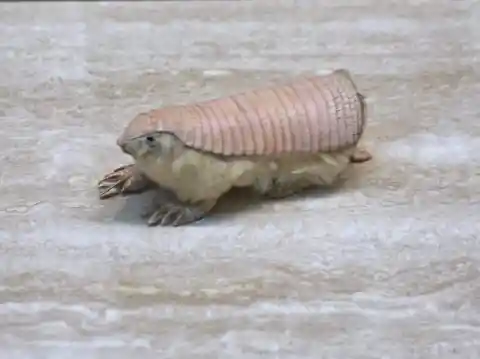
The armadillo's pink color comes from the blood it pumps through its pink shell. These shy animals come from Argentina.
Purple Frog
Also called the “pig-nosed frog”, the purple frog only lives in India. The tadpoles spend most of their time on algae-covered rocks, while adults spend most of their lives underground.
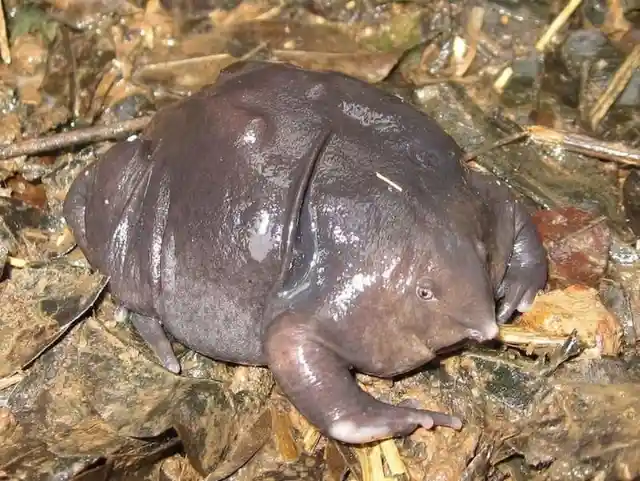
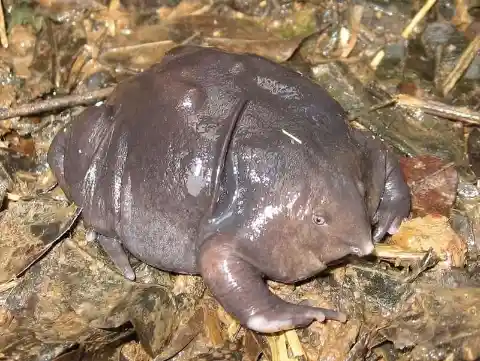
This interesting looking animal is now endangered due to deforestation and as an edible treat for locals.
Blue Dragon
The Glaucus atlanticus is also known as a sea slug or nudibranch. These only grow to 3 centimeters long. The blue dragon is able to float by keeping air bubbles in its stomach.
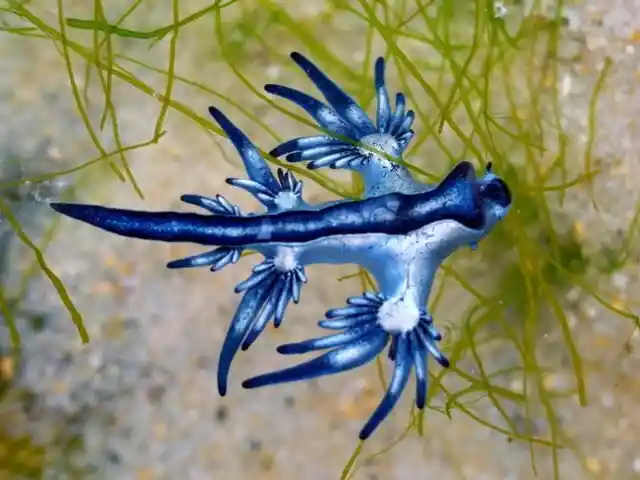
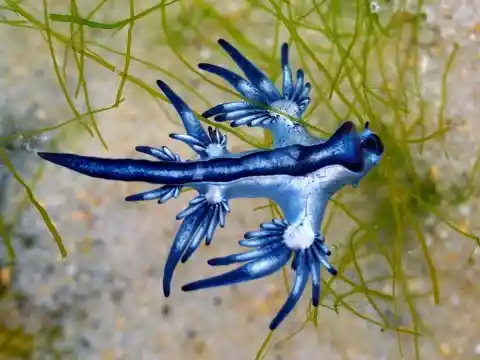
The tiny sea animals eat from the Portuguese man-of-war, as they float in their ocean home.
Jerboa
A jerboa looks like a rodent with huge ears and back legs. These small animals live in the hot deserts of Northern Africa, Arabia, and Asia.
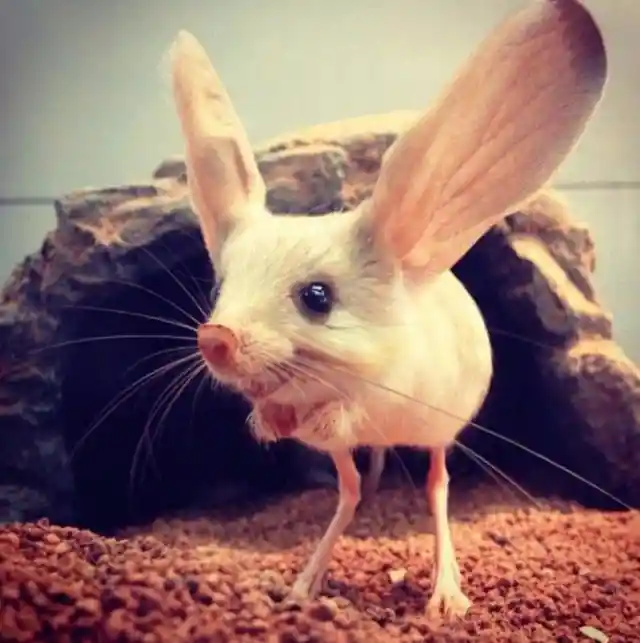
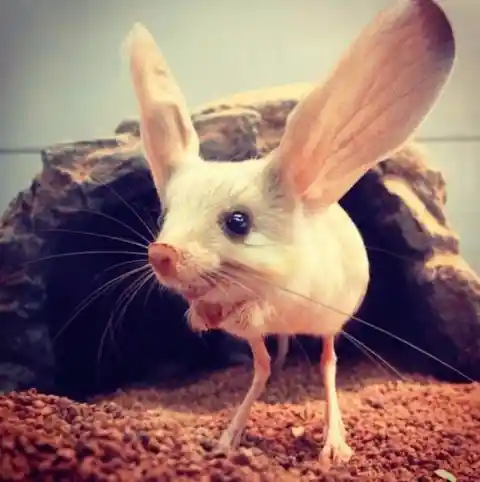
Despite their size, they can run up to 15 miles an hour. Its hind legs have bones that help it move fast and jump.
Albino Dolphin
There is an albino dolphin named Pinky that lives in Lake Calcasieu in Louisiana. Pinky is not the usual gray color most dolphins are due to albinism.
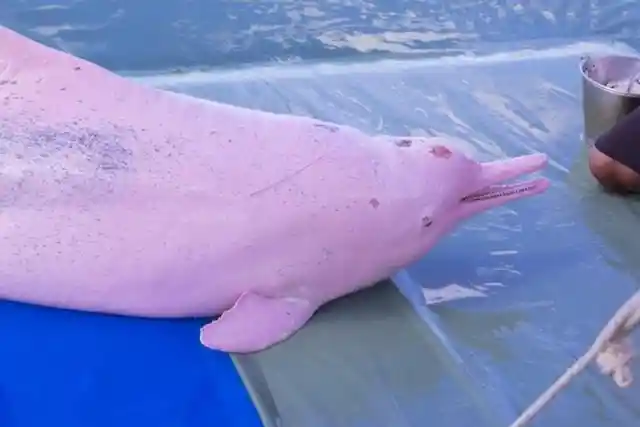
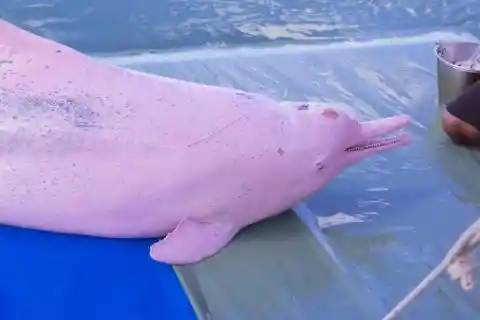
This means that both of Pinky's parents had the recessive albino gene. The skin is pink due to the dolphin's blood vessels showing through.
Axolotl
The axolotl is a type of salamander. They seem to never mature since adults retain their tail, gills, and living in the water.
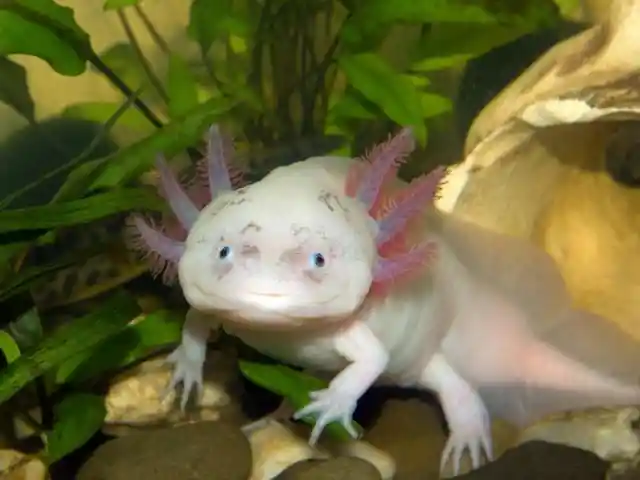
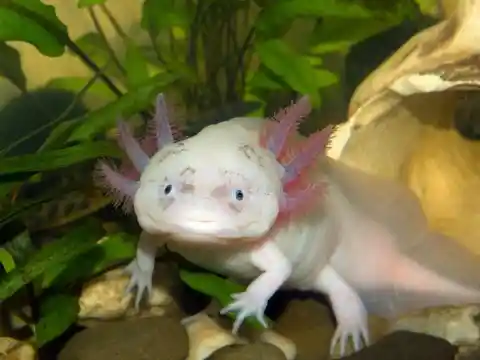
Scientists enjoy these salamanders for their ability to regenerate their limbs. The axolotl is also a critically endangered animal.
Helmeted Hornbill
The helmeted-hornbill is critically endangered since people hunt this unusual looking bird for its horn. This horn is called a “casque” and is used to make jewelry and art.
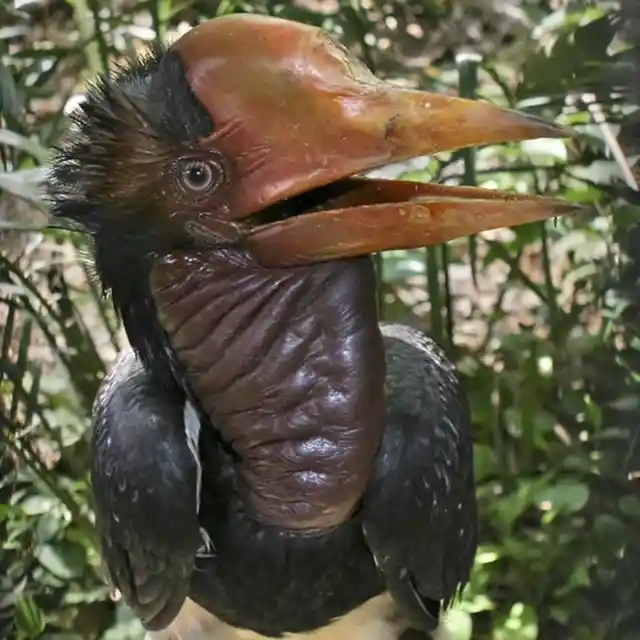
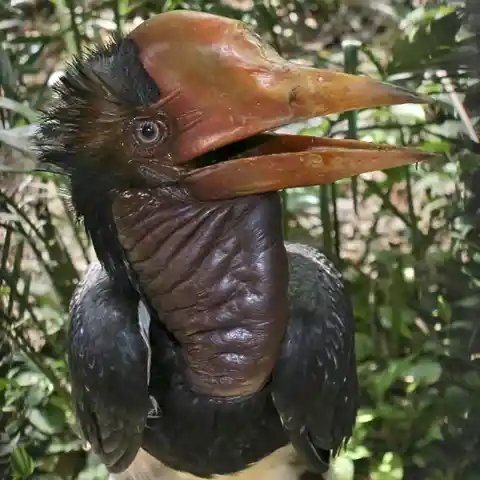
The birds use their horn to fight each other for territories and fig trees in Southeast Asia. 6,000 helmeted-hornbills are killed a year as food.
Ctenophore
Ctenophore are related to jellyfish and are also called “comb jellies.” They don't sting, but have sticky parts to catch their prey with that is similar to flypaper.
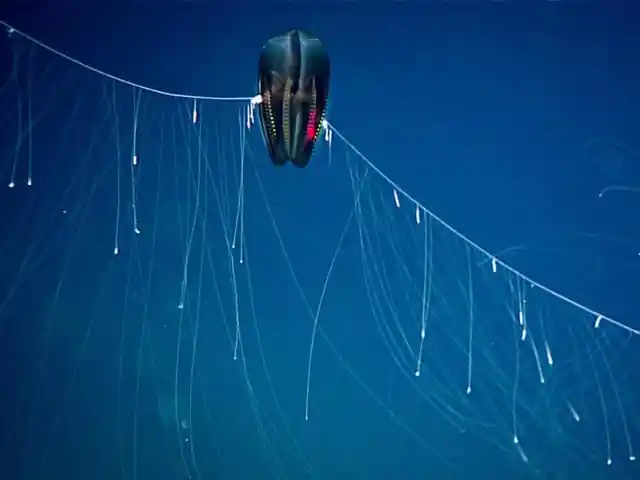
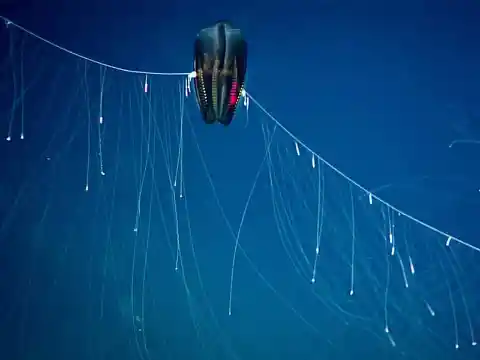
These strange sea creatures hang out in deep parts of the ocean that are mainly still unexplored.
Heikegani Crab
This crab is tiny at only 4 centimeters long. The carapace of the crab looks like an angry samurai face. Japanese folklore talks about these crabs getting this face from souls of the Heike clan, who died in battle in the year 1185.
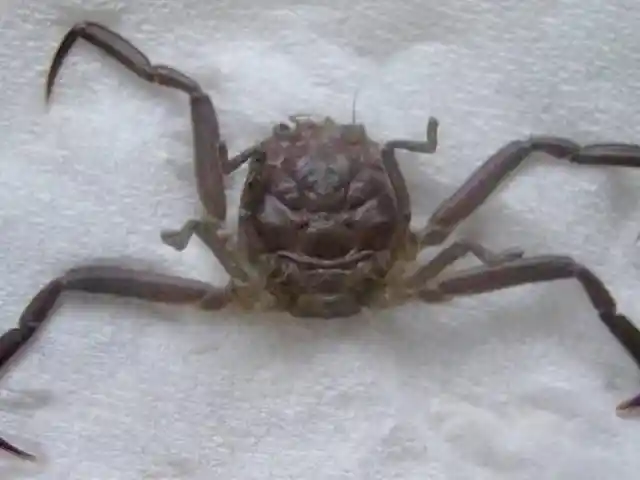
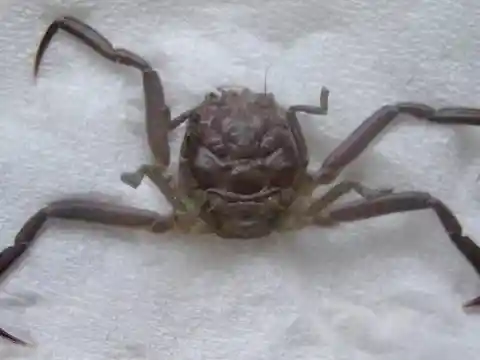
This animal is also an example of pareidolia, where people see faces where none exist.
Lowland Streaked Tenrec
This rodent looks just like a character from Pokémon. They have striking yellow, white, and black stripes across their body.
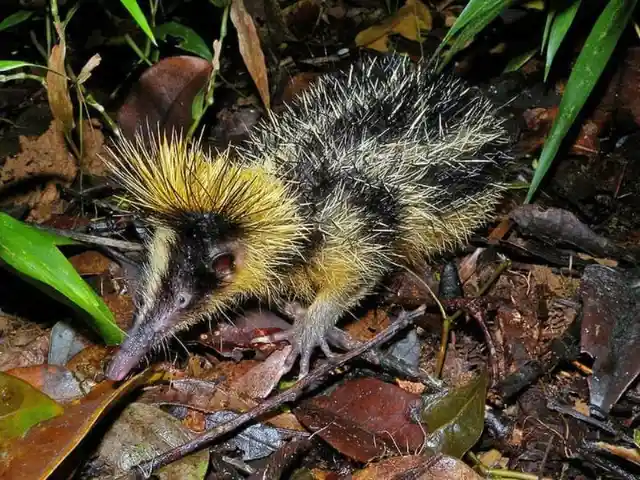
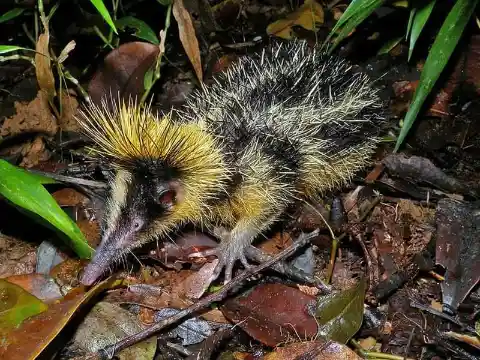
The tenrec only lives in Madagascar, where 37 various species have been discovered by scientists.
Saiga Antelope
These antelope come from Central Asia, where millions of them used to live. Only 1,000 of them existed about 100 years ago due to them being hunted.
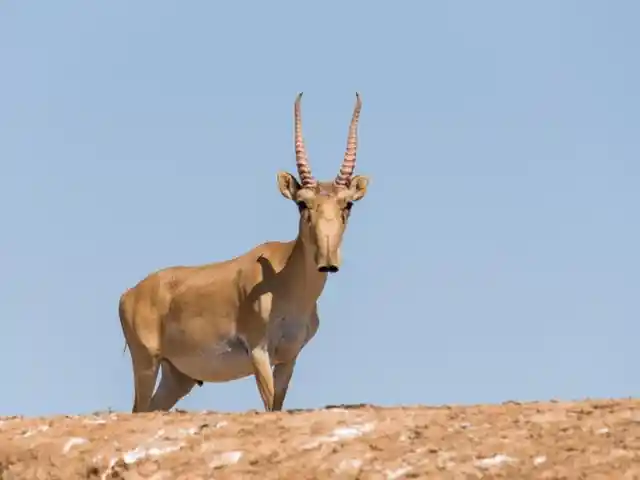
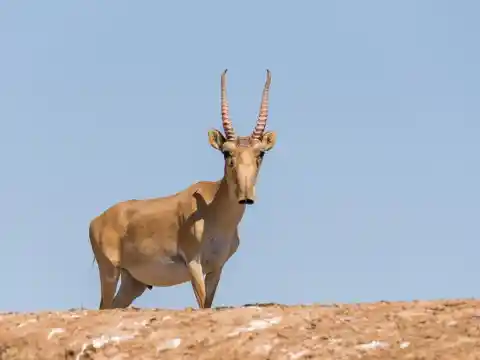
Laws were put in place to protect these Antelopes until the fall of the Soviet Union. In 2015, a bacterial infection killed 60% of these now rare creatures.
Hammer-headed Bat
This strange looking bat is only 10 inches long, but with a 3 foot wingspan. Males developed large heads to call out to females.
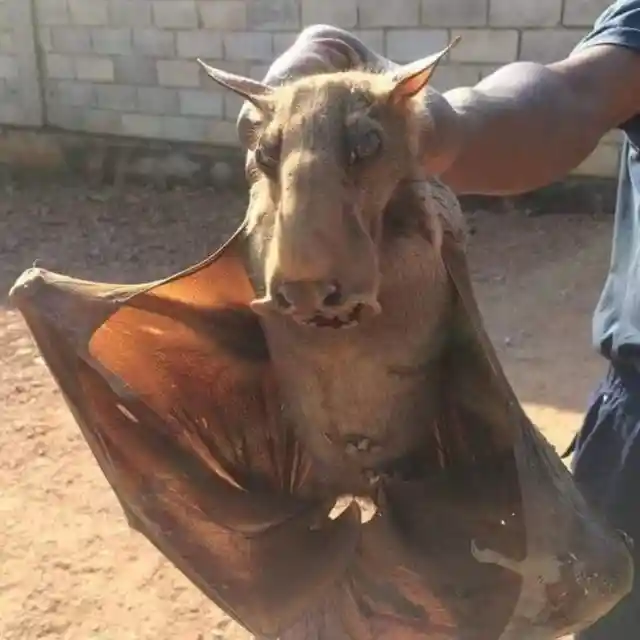
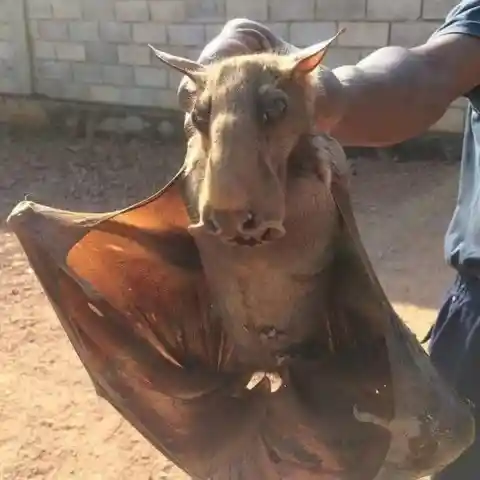
These bats are from Africa and love to eat fruit.
Guianan Cock-of-the-Rock
This brightly colored bird has so many feathers on its crest that its beak is hidden behind it.
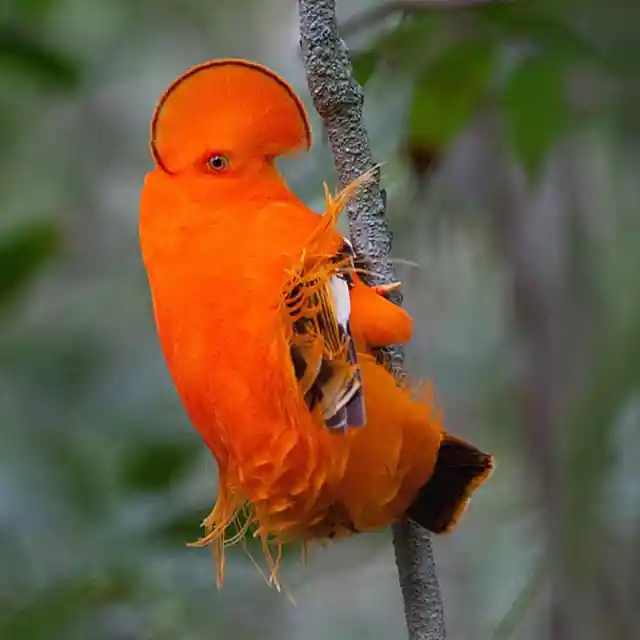
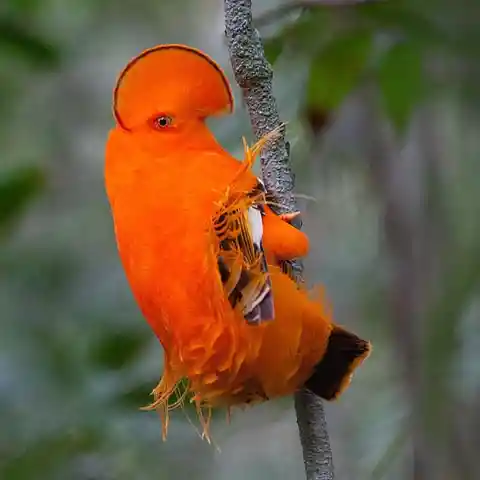
These birds live in South Africa in their humid forests and get their name from breeding in rocky caves and boulders.
Hairy Frog
The hairy frog is also known as the "horror frog" and belongs to a group of frogs named "squeakers".
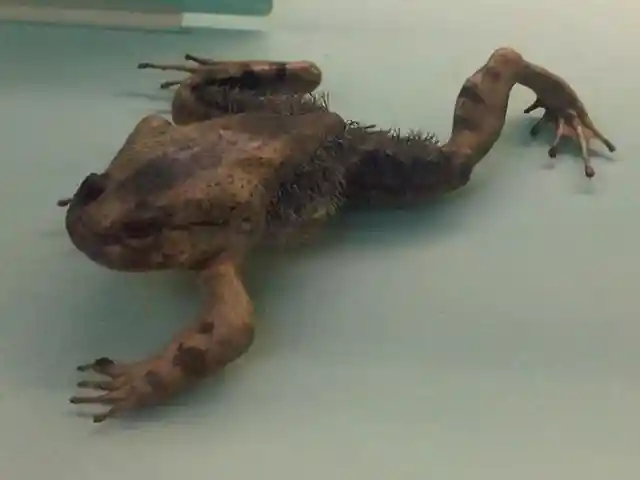
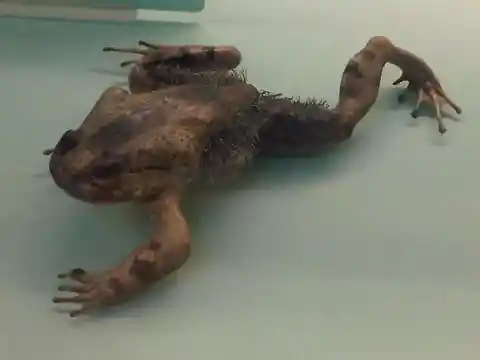
The males grow hair on their thighs. These frogs also have claws on their hind legs, which come from breaking their bones and skin.
Star-nosed Mole
This mole has a nose in the shape of a strange star. It is blind but is also known as the world's fastest eater.
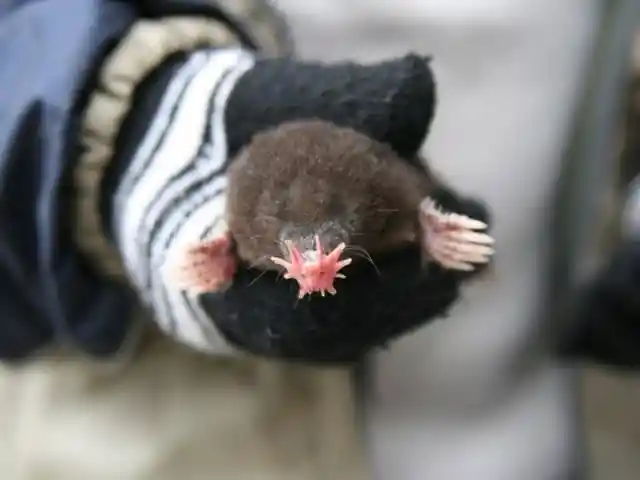
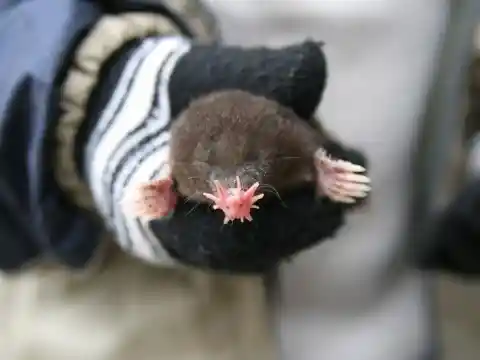
This mole can discover and devour an insect in less than a second. It also has the ability to smell underwater.
Mexican Mole Lizard
This worm like lizard spends most of its time burrowing underground.
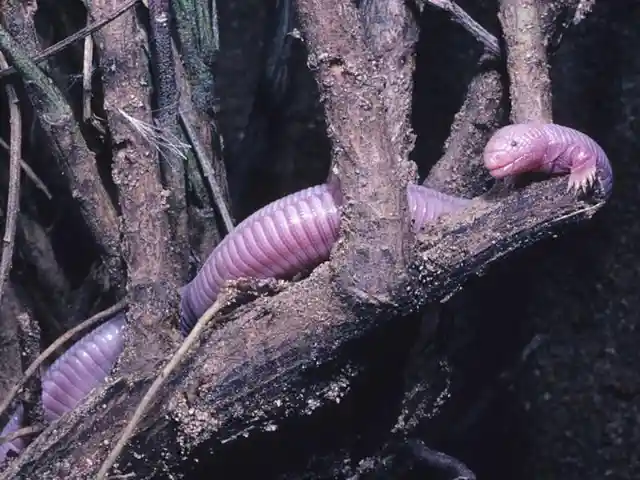
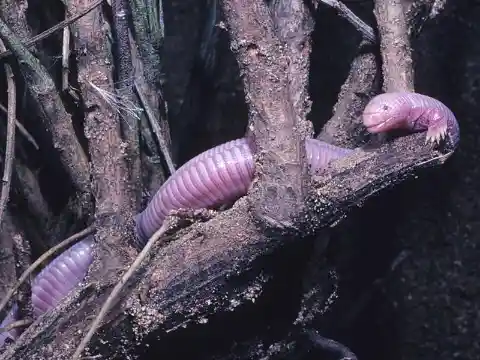
It only has two front legs and no melanin, so it only comes out at night.
Ankole-Watusi Bull
This bull has enormous horns and originally comes from Africa. These horns help to spread out body heat. Several American and European zoos kept these interesting looking animals in the 19th and 20th centuries due to their appearance.
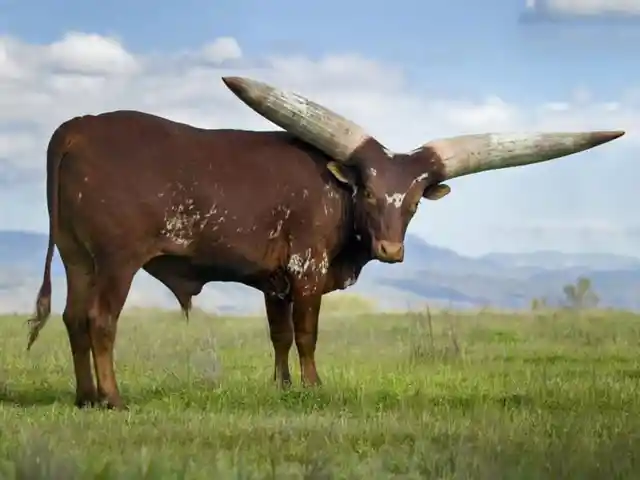
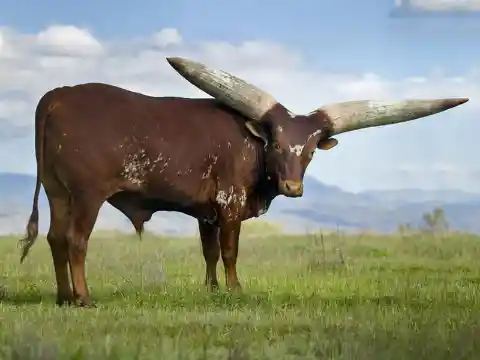
Many were sold to private owners so that the zoos could focus on conservation efforts.
Tarsier
This strange looking primate has huge eyes to help it see at night, when it hunts. Since a tarsier can't move its eyes, it can move its head around like an owl.
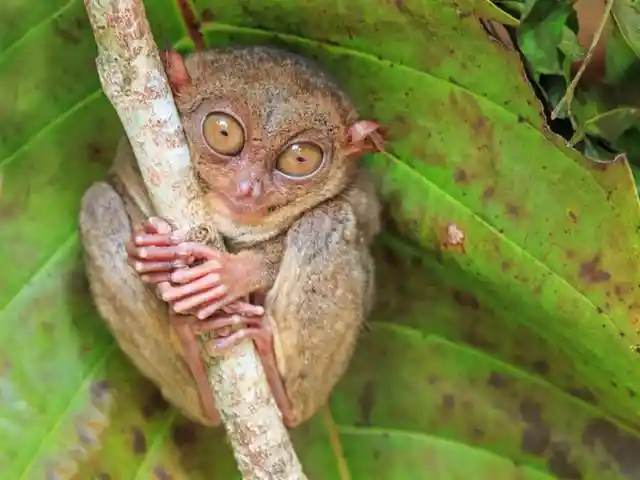
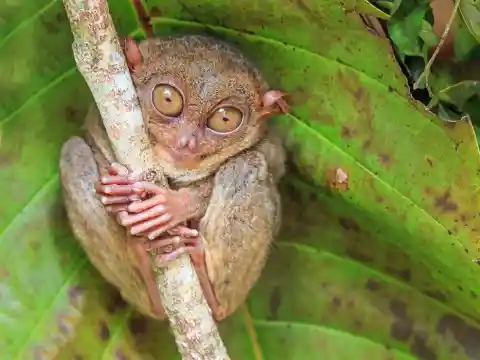
These are the only primates that eat only meat, such as lizards and insects.
Bigfin Squid
This squid has 20 foot long arms that bend at a 90 degree angle, making them a scary sight to see underwater.
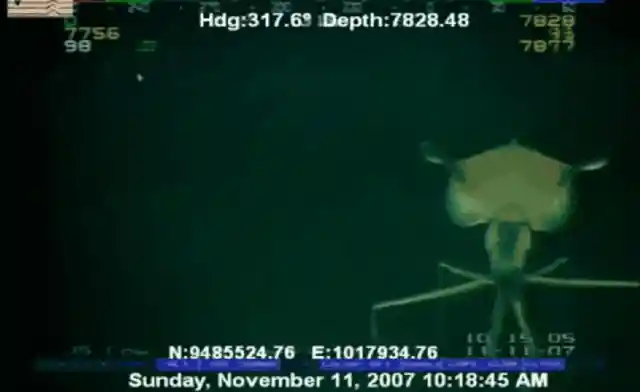
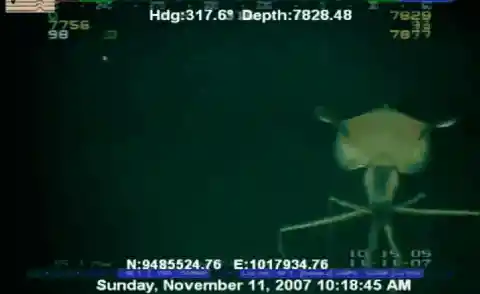
These sea animals are barely seen in the water, making it difficult for scientists to learn and study them.
Casper Octopus
This octopus looks like a ghost with its white skin. It cannot disguise itself like most other octopuses, due to its lack of chromatophores.
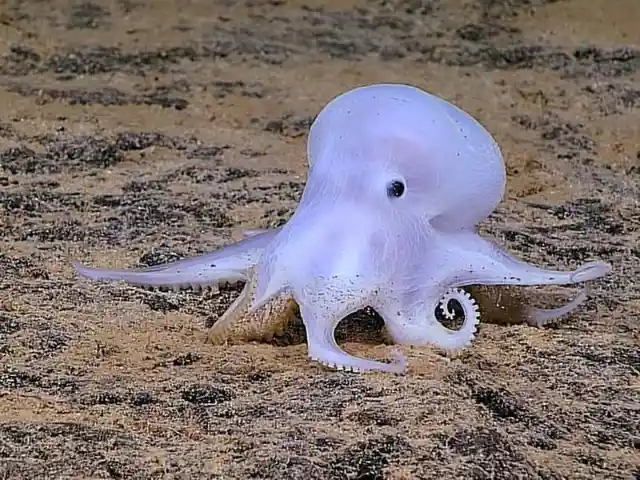
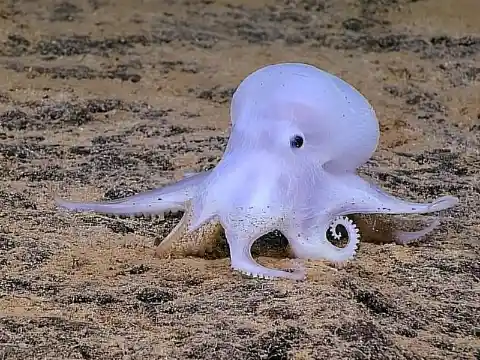
It's known for laying eggs on dead sponges, then staying there to protect the eggs for years.
Red-lipped Batfish
This brightly colored fish can stand on the ocean floor with its fins.
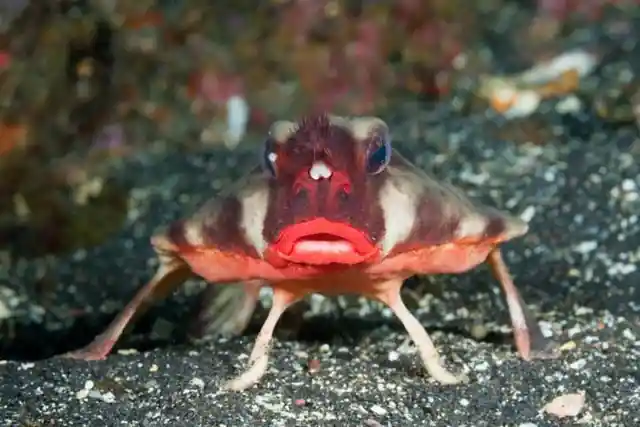
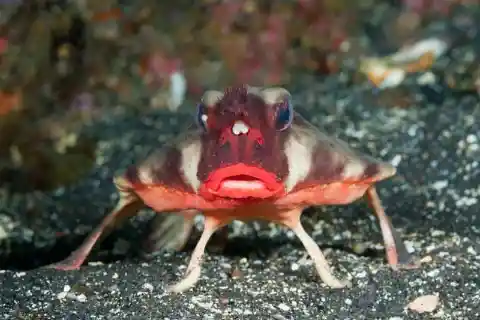
It uses its horn located on its forehead to attract prey to it.
Silkie Chicken
These friendly chickens make great pets. They have dark skin under their soft, white feathers. Silkies are from somewhere in Asia.
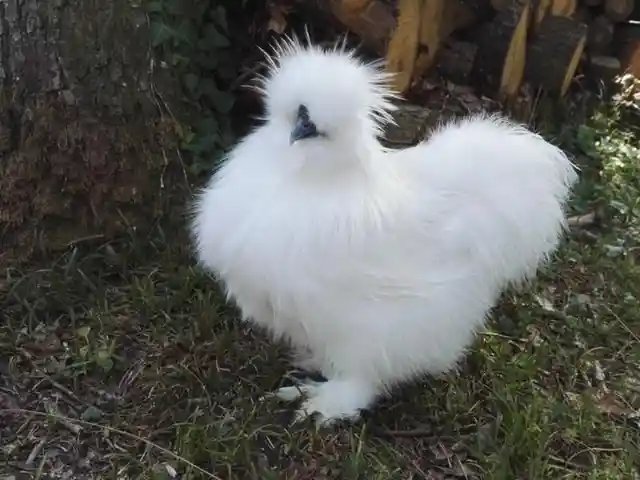
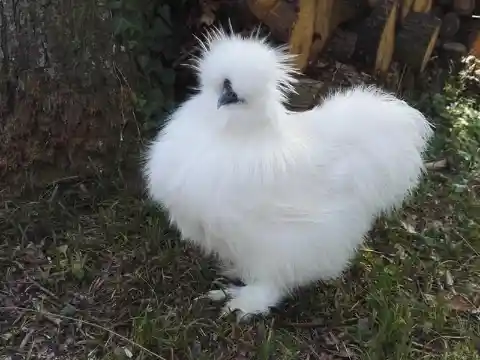
Marco Polo mentioned them in the 13th century.
Wrinkle-faced Bat
These bats get their names from using their chin folds over their faces while resting, giving them a wrinkled look.
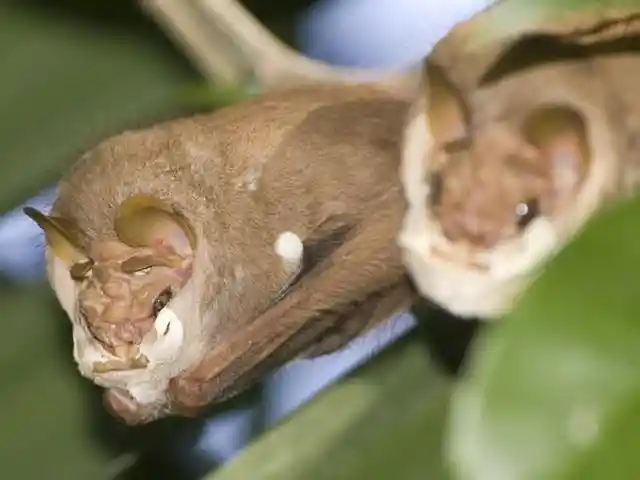
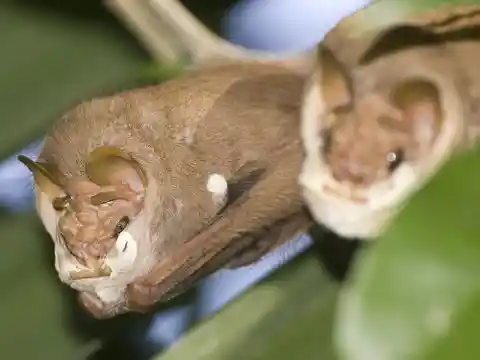
Research shows that these bats may use wrinkles to "see" around them.
Stargazer Fish
This fish hides under the sand, waiting to attack prey. It sucks prey down its mouth like a vacuum.
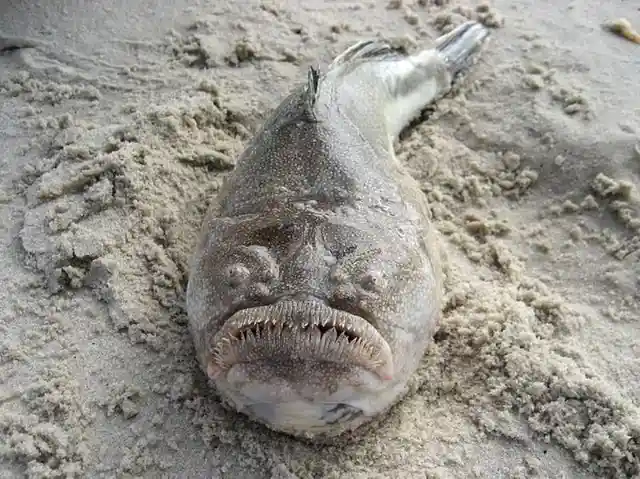
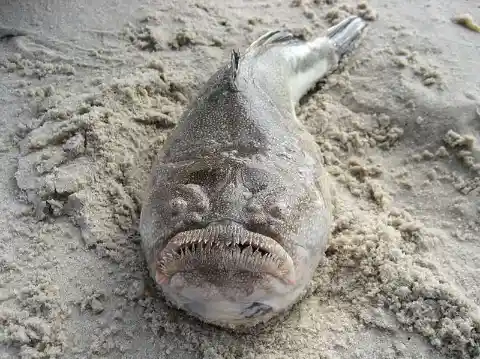
These fish also have poisonous spines.
Proboscis Monkey
The adult proboscis monkeys have large noses, hence their name.
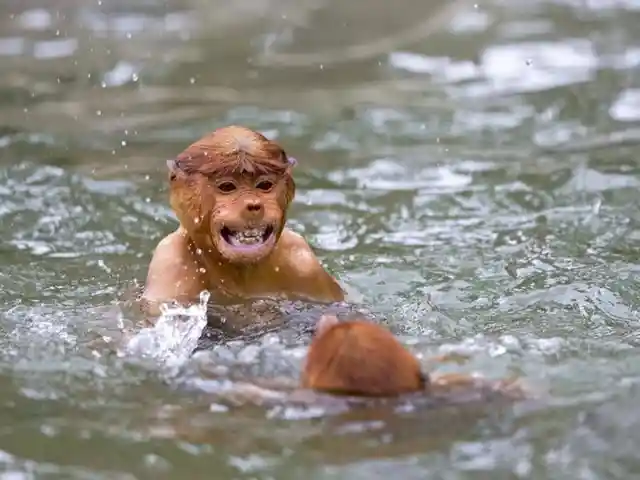
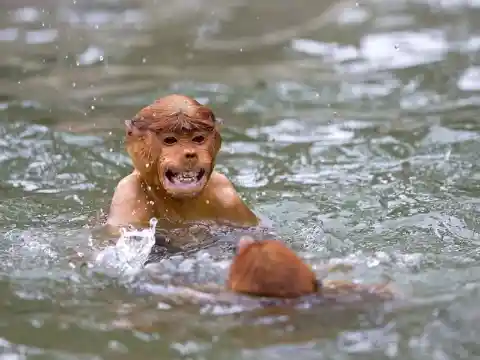
They also love to swim and have webbed feet that help them swim away from crocodiles.
Giant African Land Snail
These huge snails are a very invasive species. They are always breeding due to being hermaphroditic.


This means that the snails have female and mail reproductive parts.
Remora
The remora has a suction cup on the top of its head to take food from other animals it attaches itself to.
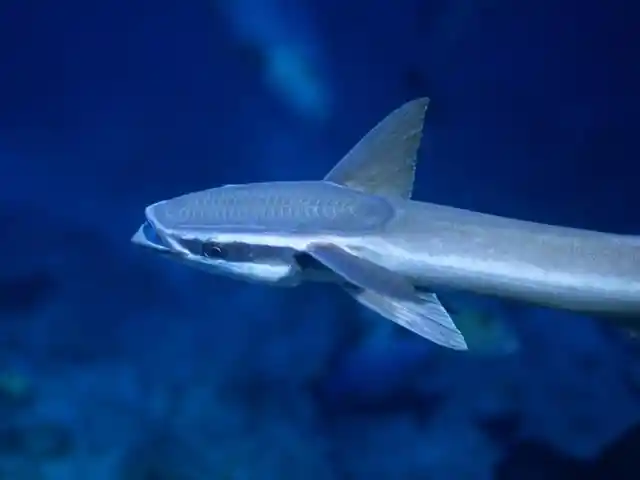
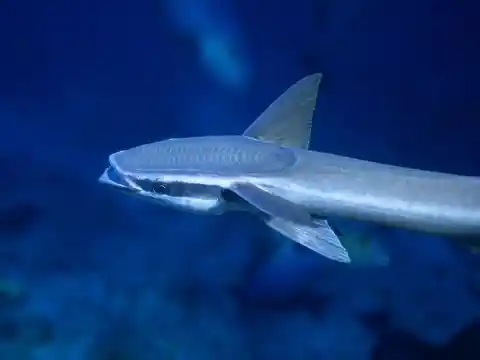
It enjoys eating parasites and anything else that is left behind by its host.
Eastern Long-necked Turtle
These turtles have a long, snake like neck and are from Eastern Australia.
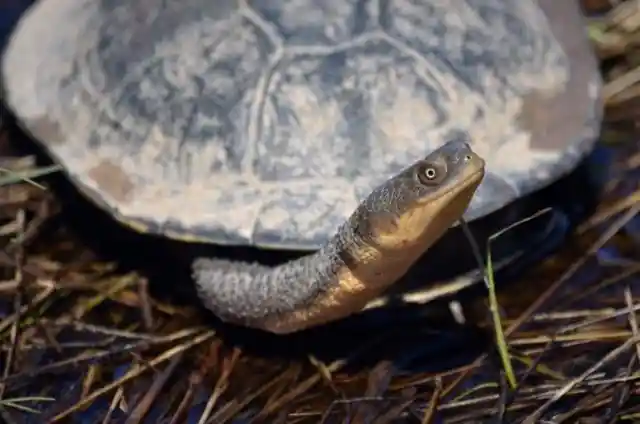
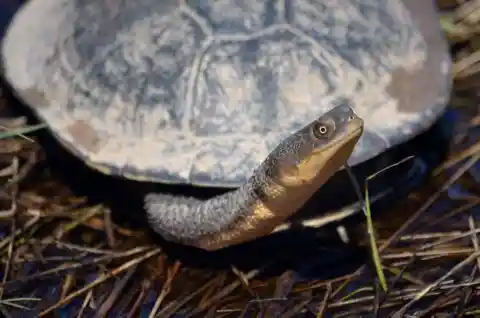
It most likely developed its long neck to attract a mate.
Clawed Frog
This frog is known for its long claws that help it swim and catch prey.
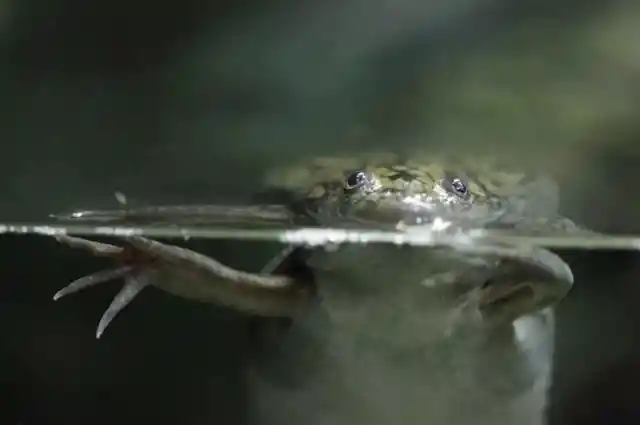
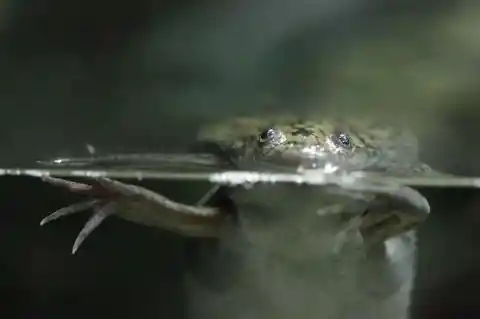
Don't pick up one of these frogs, unless you don't mind being scratched by its claws.
Mata Mata Turtle
This turtle comes from the islands of Indonesia.
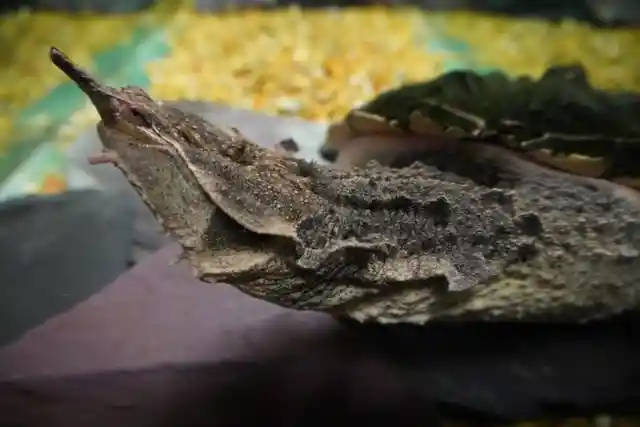
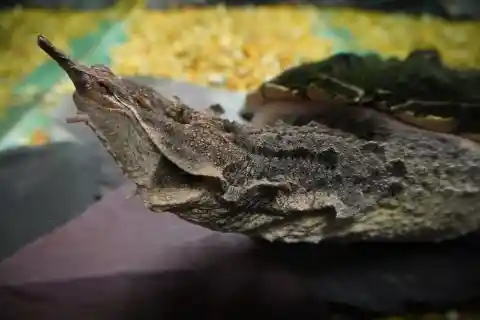
It developed spikes on its shell to protect it from predators.
Spike-nosed Tree Frog
This frog with an unusual nose is also known as the “Pinocchio frog.” When it was first discovered, biologists could not believe that such an unusual creature could exist.
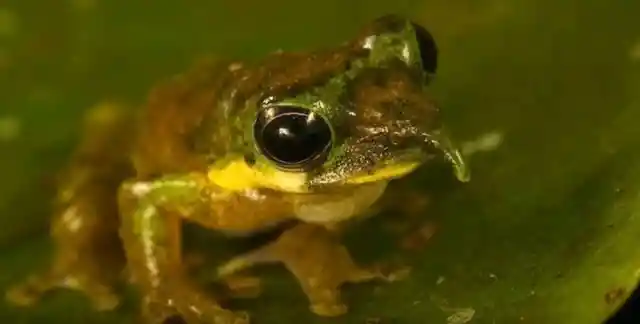
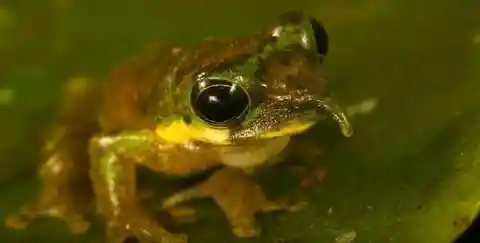
This frog is harmless, despite its unusual look and strange traits.
Portuguese Man o’ War
This strange creature is similar to a jellyfish, except it is actually several organisms in one. The Portuguese man o' war has a sting similar to that of a jellyfish. Its sting is so powerful that it has killed with it before.
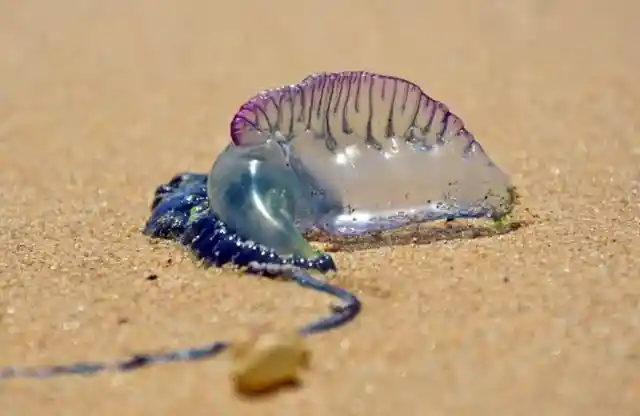
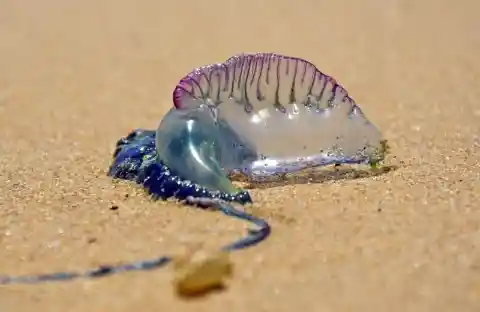
Be wary of these creatures if you are on the coast of Florida.
Indian Charial
This alligator like animal is an endangered species.
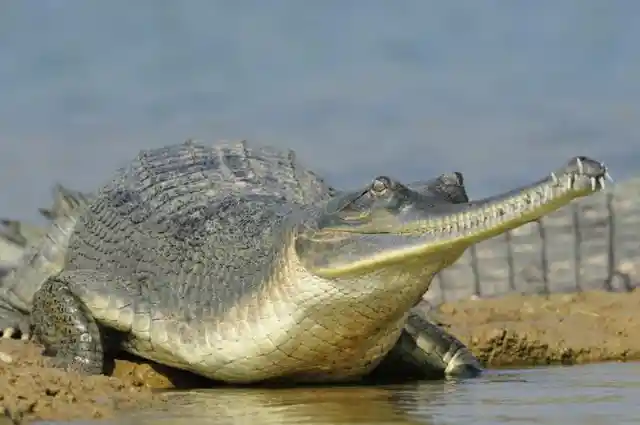
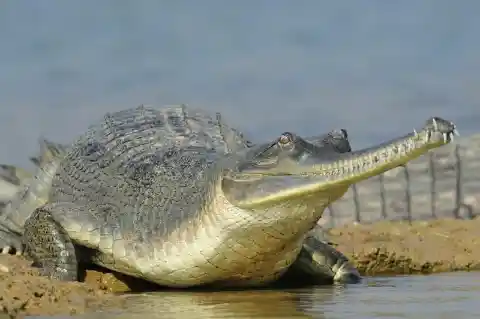
It has a long, thin nose to use to snap and eat its prey with.
Hoatzin
This bird has been around for thousands of years.
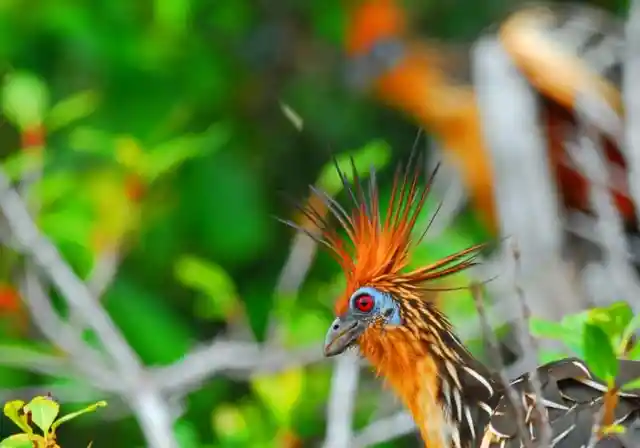
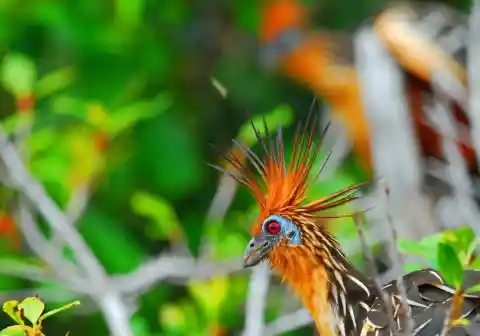
It is also known as the Stinkbird pheasant and has a mohawk that may be used for attracting mates and keeping enemies away.
Marabou Stork
This stork is from Africa, south of the Sahara.
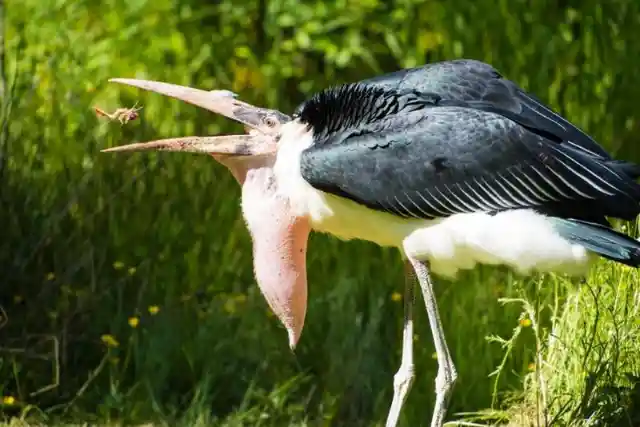
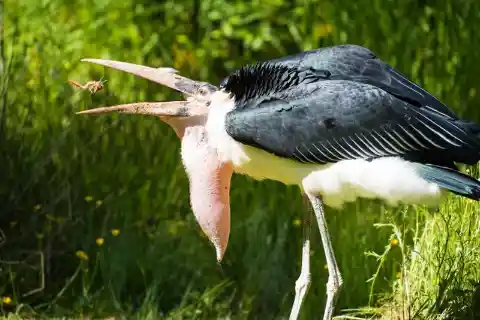
It has an unusual looking throat, making it stand out from other birds in the area.
Sri Lanka Frogmouth
This owl has a mouth like a frog, hence its name.
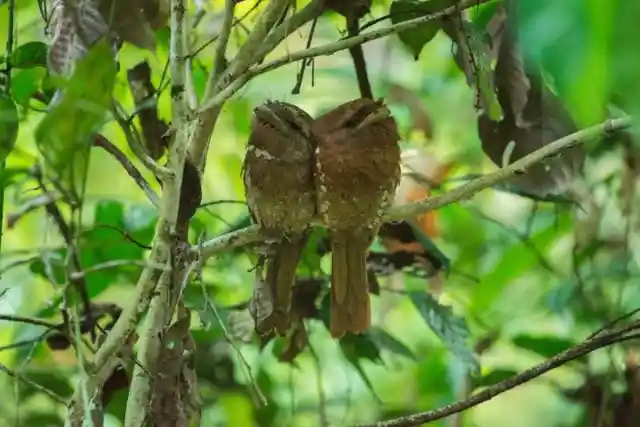
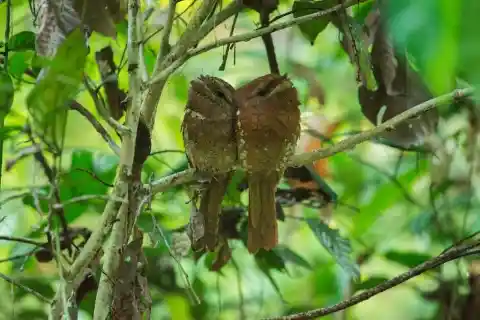
You can find this bird in South India, in the Western Ghats mountains.
Amazon Giant Fishing Spider
This spider can grow up to 8 inches long, which is huge for any spider. Although scary looking, this spider only eats plants, and there are plenty to be found in the Amazon.
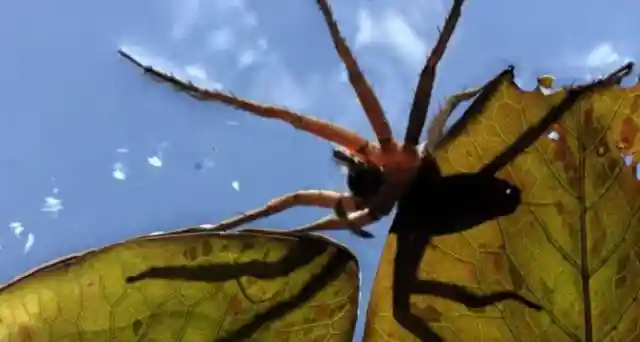
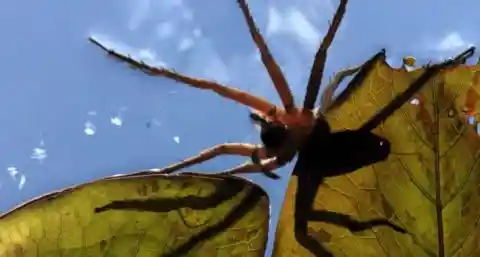
You may be able to find some of these animals in a zoo or if you roam to other parts of the world.